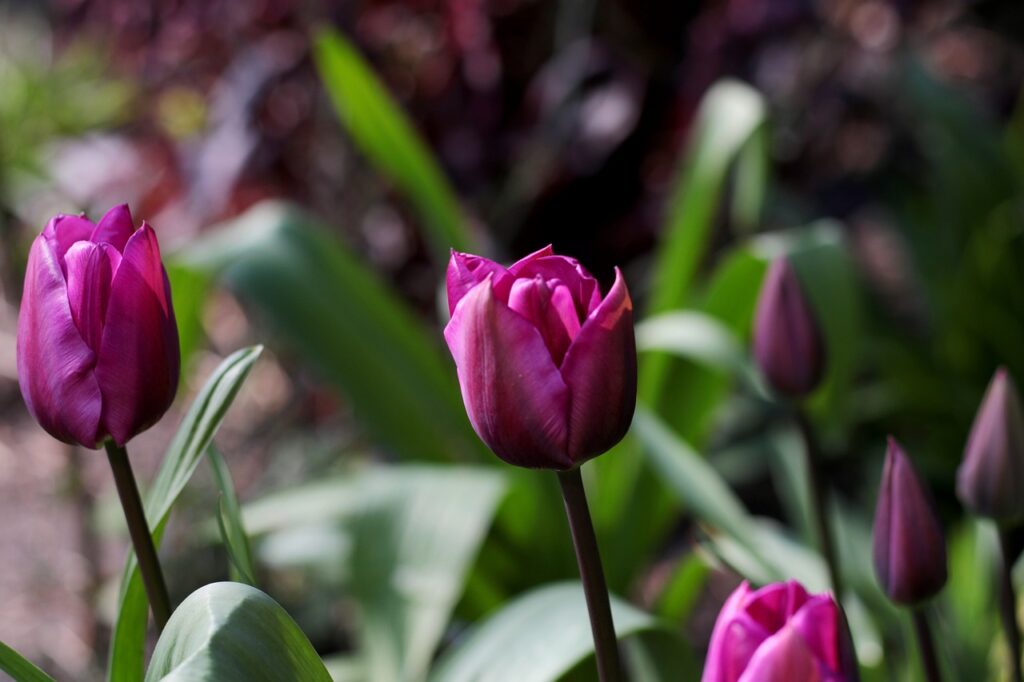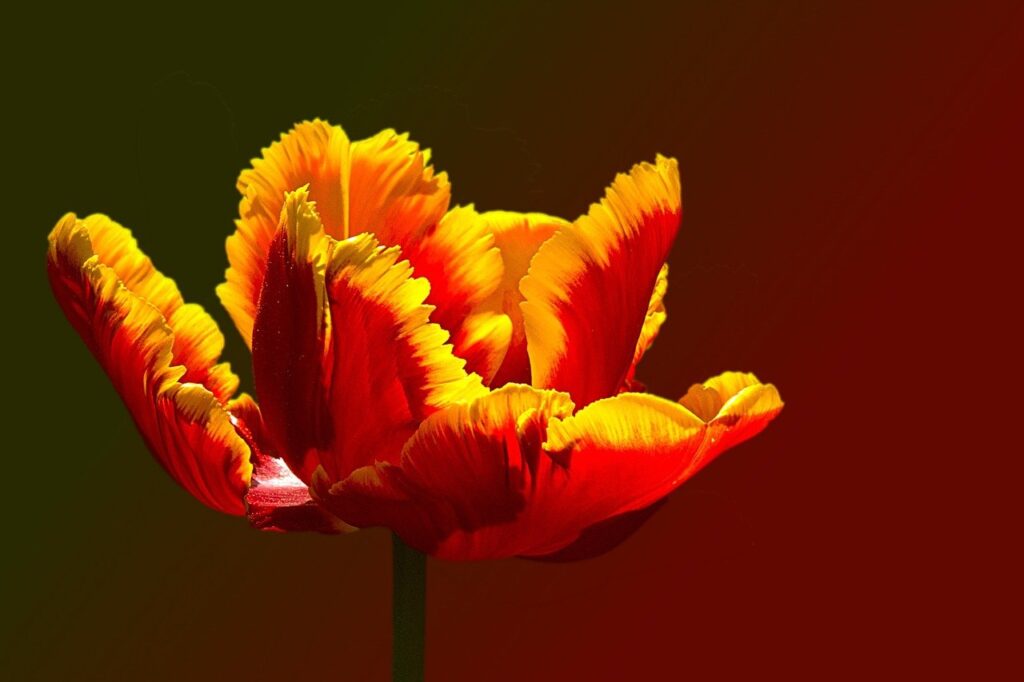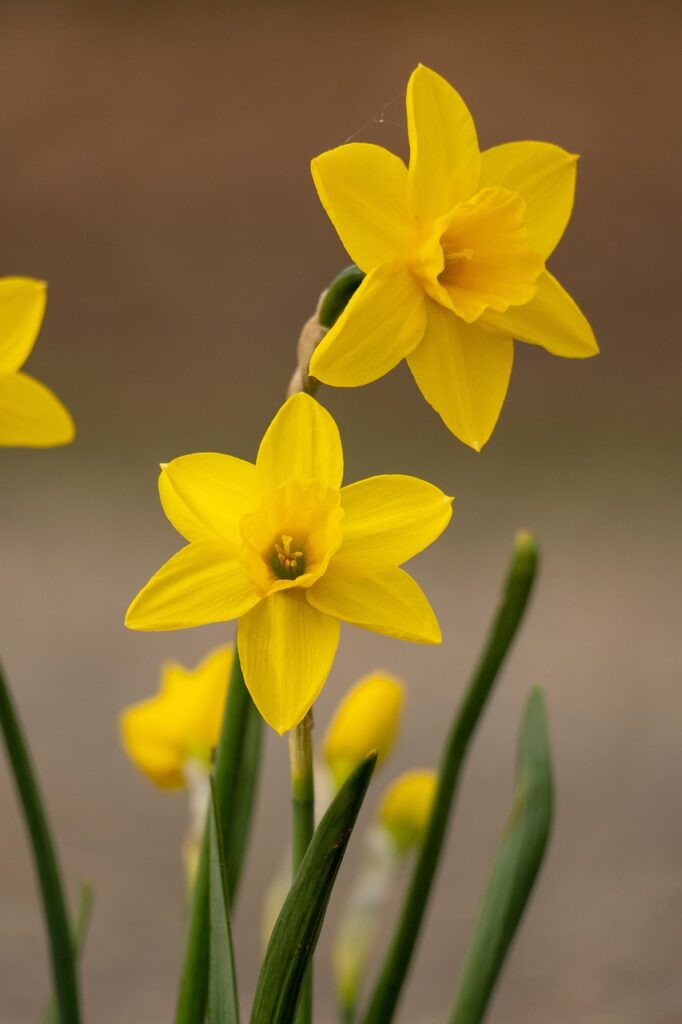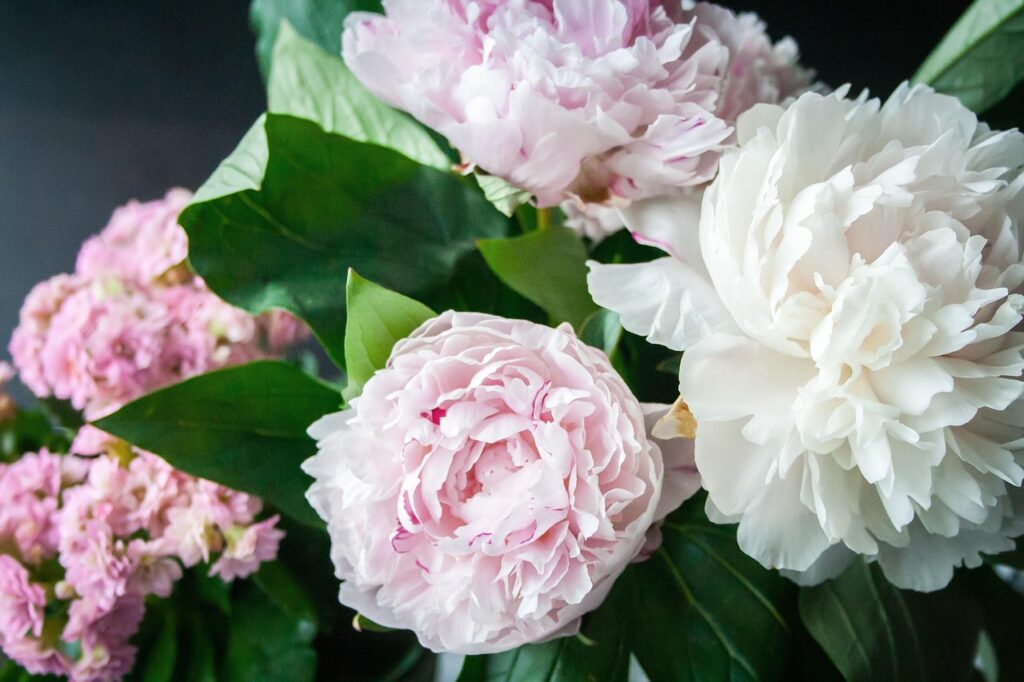Springtime is just around the corner and what better way to welcome the new season than
with a flourishing yard?
I’m sure it might seem like there is no way to have a vibrant garden in “the desert”.
We’re absolutely thrilled to let you know that that’s not the case and that you most certainly can.
Becoming familiar with your hardiness zone is key as well as knowing when the first and last
frost dates are in your region. The USDA offers an easy lookup using your zip code. For us here in El Paso, we are located in Zone 8. You can also look up your area’s frost dates using The Farmer’s Almanac or simply keeping an eye on your local weather channels, which is highly recommended either way as weather is subject to change! Almanac
(Check out our blog ‘Get in the Zone’ to learn more about zone 8 + some of its natural
vegetation!)
Though the desert soil is tough it is not impossible to manage. Bulbs are a great place to
start. One of the first things to understand is which spring bulbs do well in your zone. The term
‘bulb’ is most commonly used in reference to plants with the bud held underground in a wrap of
overlapping leaves.
So, how do you best begin to prepare a spring garden with bulbs? It all happens in the
fall. Planting spring bulbs in the fall or even through winter, before the first freeze, is
recommended because of the cold temperatures that are used by the plant to begin the flowering
process, which also ensures the plants’ root growth. One of the best places to start is with a
design idea of where you want each of your plants. You can draw out a simple sketch or even go
out to your garden and place markers/tags where you envision each plant (keep sunlight in
mind!). Be sure to acknowledge whether the plant you’ve chosen does well around larger plants,
as some don’t do well near trees or bushes but still thrive with others. And of course, be sure to
have access to a hose suitable for your garden’s needs if irrigation is not in the plan.

Bearded Iris
- Be sure to plant in well-drained soil (loam or sand) with access to full sun/partial shade.
- Best to plant July-September. It then blooms mid-spring to late summer, or even early fall.
- Attracts butterflies and hummingbirds; is toxic to dogs, cats & horses.
Triumph Tulips
- Plant in well-drained soil (chalk, loam, or sand) with access to full sun and some partial shade.
- Best to plant July-September. It then blooms mid-spring through early summer.
- Toxic to dogs, cats & horses.


Red Madonna Parrot Tulip
- Plant in well-drained soil (chalk, loam, or sand) with access to full sun. After planting in fall, it should bloom around late spring.
- Best planted in large groups for visual aesthetics and in safe sheltered areas of the garden for their size.
- Toxic to dogs, cats & horses.
Daffodil
- Plant in well-drained soil (chalk, clay, loam, or sand) with access to full sun/partial shade. After planting in fall, it should bloom early spring.
- Toxic to dogs, cats & horses.


Shirley Temple Peony
- Plant in well-drained soil (chalk, clay, loam, or sand) with access to full sun/partial shade. After planting in fall, it should bloom mid spring lasting through the summer and up until the first frost.
- Plant away from trees or shrubs but can be planted and paired with roses or bearded irises! Be sure to remove spent flowers once faded and cut back once it has died down in the fall.
- Do not transplant your peonies! They thrive being undisturbed and may up to as long as 50 years!
- Toxic to dogs, cats & horses
Here’s to a colorful spring!

